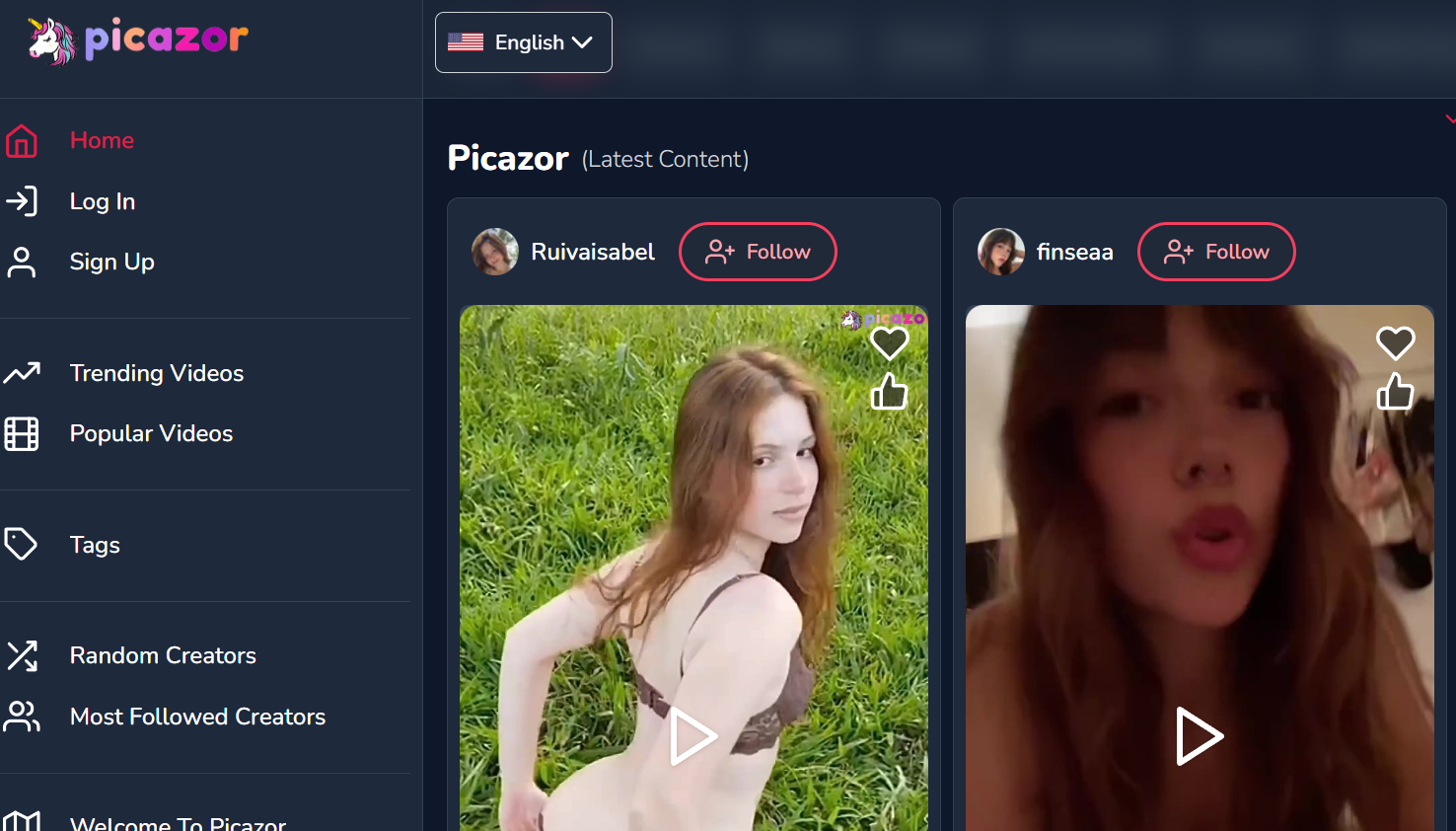When Playboy hit newsstands in December 1953 with Marilyn Monroe on its cover, it didn’t just launch a magazine — it launched a movement. In a single issue, Hugh Hefner changed how America talked about sex, beauty, and success. The term Playmate would soon become part of pop culture, synonymous with elegance, sensuality, and modern femininity.
Over the next two decades, Playboy reshaped the entertainment landscape, turned unknown women into household names, and created an entirely new form of celebrity. The Playmates of the 1950s and 1960s weren’t just models; they were symbols of a cultural revolution that blended desire, ambition, and the dream of personal freedom.

The Birth of a Cultural Shift
Postwar America was ready for change. The 1950s were marked by conservatism and conformity, but beneath the surface, a new generation was hungry for expression. Hugh Hefner understood that better than anyone. His vision for Playboywasn’t just about nudity — it was about sophistication, lifestyle, and identity.
Each issue invited readers into a world of luxury apartments, fine cocktails, and philosophical conversation — and at the center of it all was the Playmate, the embodiment of the magazine’s ideal woman. She wasn’t simply an object of desire; she was intelligent, confident, and modern — the kind of woman who knew her worth.
This portrayal broke away from the moral strictness of the era. It presented sexuality not as something shameful or hidden, but as part of a cultured, successful life. That shift was revolutionary. For the first time, American men could see sexuality tied to aspiration, and women could see sensuality framed with admiration rather than judgment.
Why the Playmate Became an American Icon
The Playmate wasn’t just another model in a pin-up magazine. She was a character — part fantasy, part reality — who represented freedom. In the 1950s and 1960s, when women were expected to marry early and stay home, the Playmate appeared independent, playful, and unafraid.
Each Playmate profile emphasized personality and background. Readers learned about her hobbies, her dreams, and her sense of humor. This humanized approach made them relatable and aspirational at the same time. Fans didn’t just admire them; they connected with them.
The Playboy brand also gave its models global exposure. With millions of monthly readers, the magazine became a launchpad to fame. Playmates appeared in film, television, advertising, and art. For many women, Playboy was the first step into a broader entertainment career.
From the Centerfold to the Silver Screen
The magazine’s influence on Hollywood was immediate. The visibility and glamour of a Playmate pictorial often attracted casting directors, photographers, and producers. Many of these women transitioned naturally into acting, bringing with them a blend of charisma and confidence that Hollywood couldn’t resist.
Some became television regulars and film stars — from 1960s icons like Stella Stevens and Barbi Benton to later crossovers such as Pamela Anderson and Jenny McCarthy. Their presence blurred the line between model and celebrity, reshaping what it meant to be famous.
The Playmate platform offered something no other modeling outlet could: storytelling. Playboy didn’t just show beauty; it gave each woman a narrative. That storytelling made them three-dimensional, which helped them fit into the world of film and television, where personality and backstory mattered as much as looks.
The Playboy Revolution and Its Cultural Power
Playboy was more than a magazine — it was a statement about how Americans wanted to live. Its readers weren’t just buying photographs; they were buying into a lifestyle. Hefner called it “the good life,” and it combined luxury, conversation, and pleasure in equal measure.
That idea spread far beyond the printed page. Playboy Clubs opened across the United States, creating a network of spaces where entertainment, glamour, and flirtation mixed under the brand’s signature bunny logo. The Playmates were at the heart of that universe — ambassadors of a new, liberated lifestyle that bridged fantasy and reality.
In the 1960s, this vision intersected perfectly with the broader cultural revolution. While rock music, civil rights movements, and feminist debates redefined the country, Playboy pushed boundaries from another direction — through art, literature, and open dialogue about sexuality.
Playmates became visual symbols of that transformation. They represented women claiming control over their image, fame, and bodies. For some, Playboy was controversial; for others, it was empowering. But no one could deny its influence.
Why the Playmate Endured
Decades later, the Playboy Playmates remain enduring figures. Even as media shifted to digital platforms and beauty ideals evolved, the title continues to carry prestige. It’s not just nostalgia; it’s heritage. The Playboy brand created a unique balance between eroticism and respect — an aesthetic that influenced generations of magazines, films, and photography styles.
The reason the Playmate remains relevant is that she was never just about appearance. She represented individuality, ambition, and confidence — traits that remain universally admired. The models who wore the title turned it into opportunity, redefining what it meant to be a woman in entertainment.

The Legacy of the Playboy Era
The 1950s and 1960s were a turning point for American culture, and Playboy stood at its center. It made conversations about sex mainstream, introduced new standards of beauty, and helped normalize the idea that sensuality and intelligence could coexist.
The Playmates were not passive participants in that revolution — they were its icons. They became stars not only because of their beauty, but because Playboy gave them a stage where they could be seen, heard, and admired.
From small-town girls to international celebrities, these women helped redefine the American dream. They proved that allure could open doors, but personality and confidence could keep them open.
The Enduring Symbol
Today, the Playmate legacy lives on in fashion, photography, and media. Every influencer posing with intention, every brand that mixes sex appeal with elegance, carries a piece of the Playboy DNA.
In the end, Playboy didn’t just change what people looked at — it changed how they looked. It taught America that beauty, ambition, and freedom could share the same page. And that’s why, decades later, the phenomenon of the Playboy Playmate still glows as brightly as ever — a reminder that sensuality, when embraced with intelligence and confidence, can shape culture forever.


